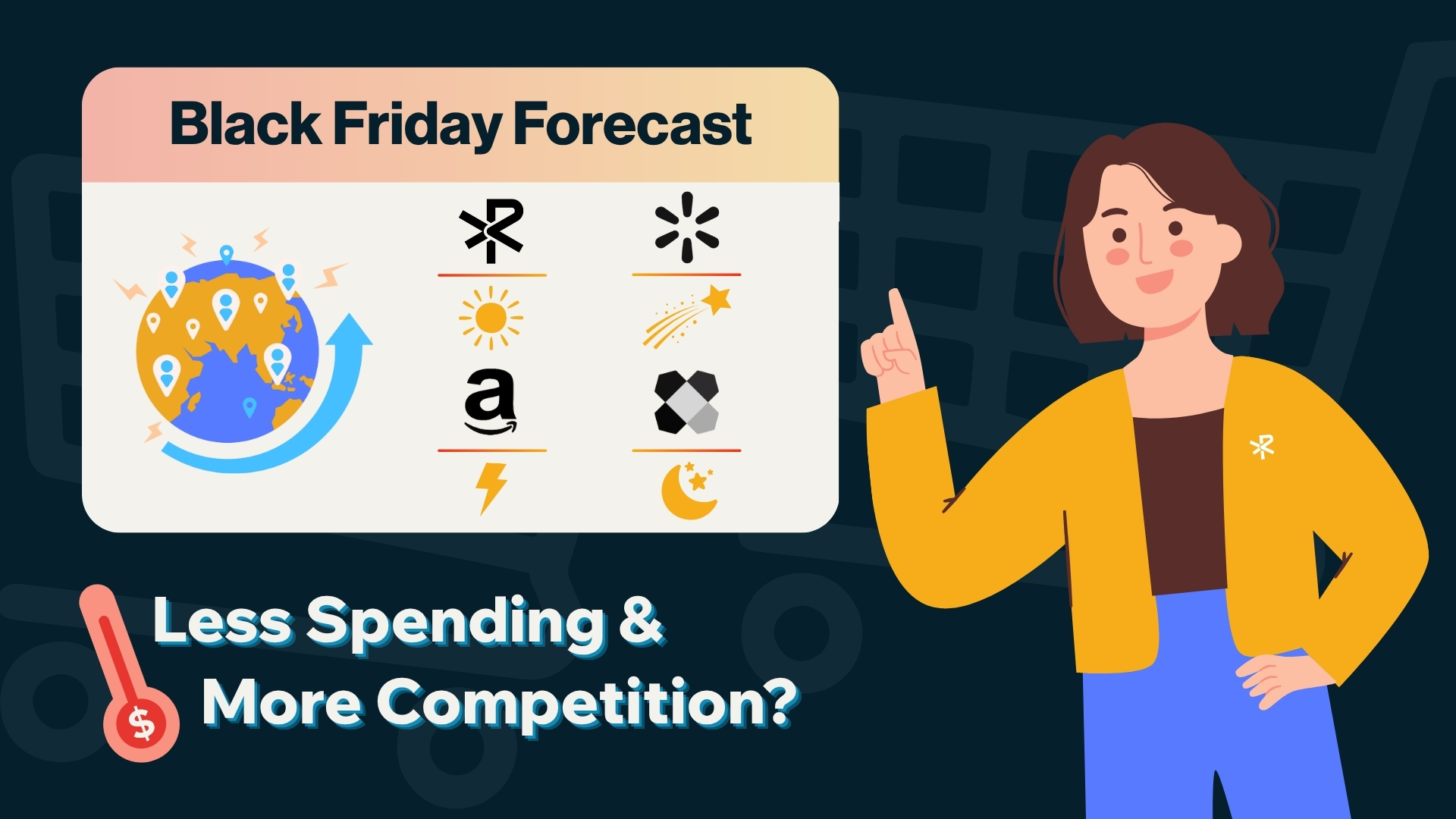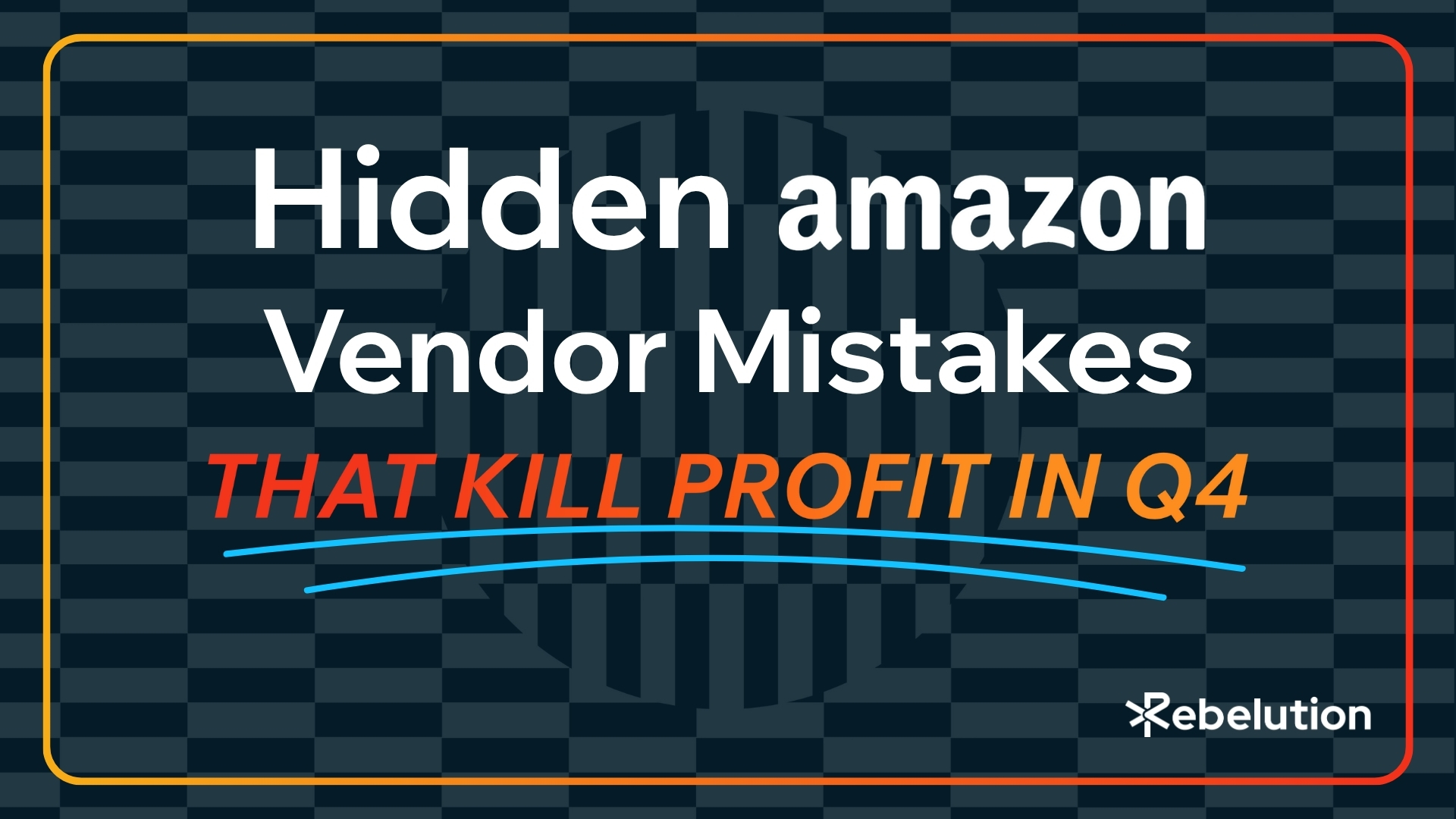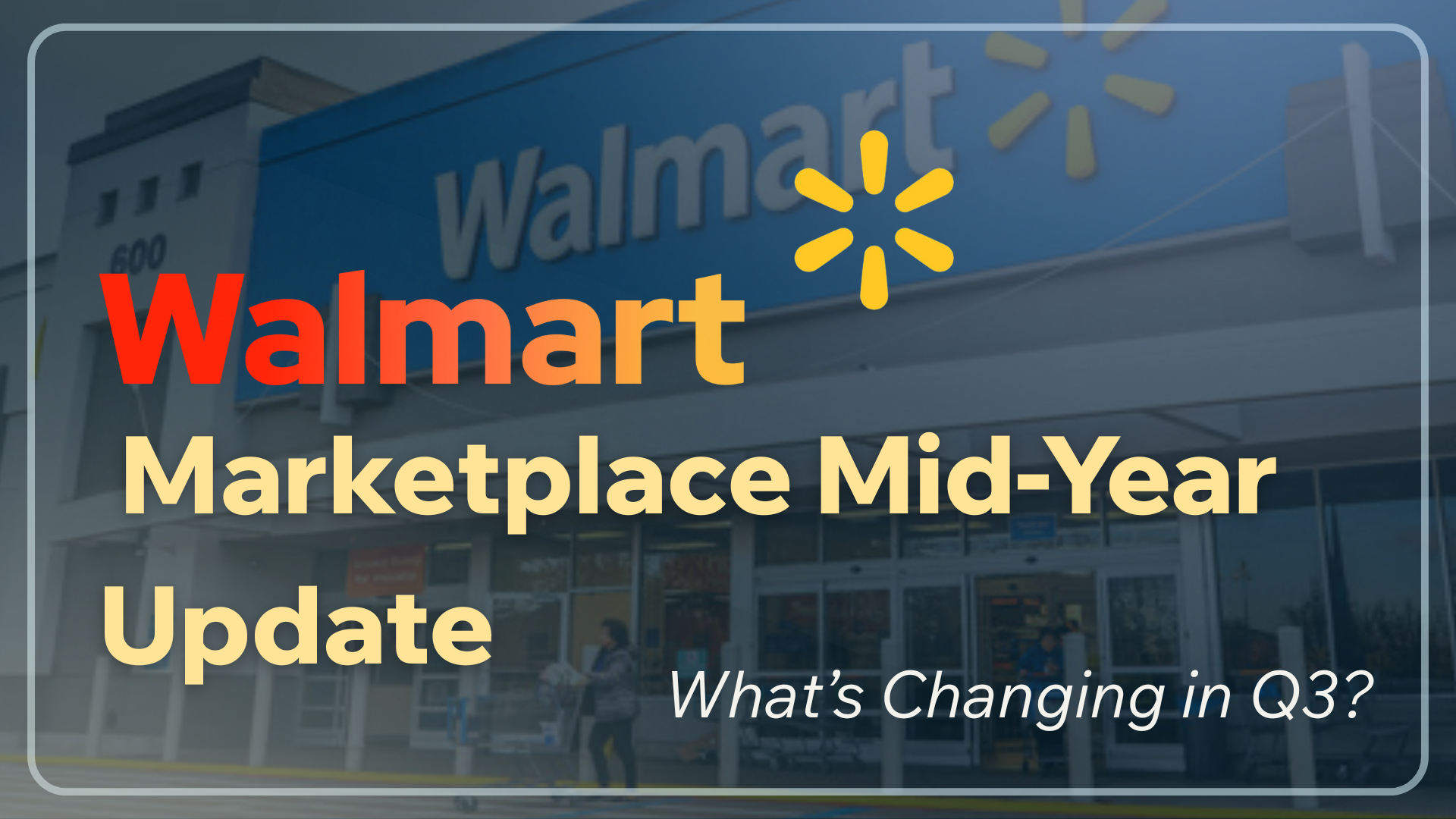As the holiday season wraps up, consumers and sellers alike shift their attention to a post-Christmas retail phenomenon: the post-holiday discount period. For shoppers, this is the time to score deals on everything from electronics to apparel, while for sellers, it represents a critical phase to manage inventory and boost end-of-year revenue. On Amazon, where competition is fierce and pricing strategies are highly dynamic, the post-holiday discount period reveals fascinating trends and opportunities.
Immediately after December 25, Amazon sees a noticeable spike in discount activity. This is fueled by several factors:
Understanding the patterns behind these discounts can help brands better strategize their pricing and promotional campaigns to capitalize on post-holiday shopping behavior.
Amazon’s algorithm-driven marketplace enables sellers to adjust prices quickly in response to demand and competitor actions. Post-holiday discounts tend to vary between 10% and 60%, depending on the category:
Amazon sellers often use Lightning Deals or other time-limited promotions to create urgency. These short bursts of activity are especially effective for categories like electronics and home goods, where shoppers are on the lookout for specific items.
Another common strategy is bundling complementary products or offering add-on discounts. For instance, sellers might bundle a kitchen appliance with a related accessory or provide an additional 10% off for customers purchasing multiple items.
Data shows that shoppers with holiday gift cards often opt for practical items or upgrade purchases they held off on during the pre-holiday sales. Understanding these preferences enables sellers to adjust their product offerings and pricing strategies accordingly.
Accurate inventory forecasting based on holiday sales data can help sellers strike the right balance between clearing stock and maintaining profit margins.
Monitoring competitors’ pricing strategies post-holiday is crucial. Sellers who employ automated repricing tools often gain an edge by staying competitive while maximizing revenue.
Certain categories experience prolonged demand spikes post-December 25. For example, fitness equipment and health-related products often see higher sales in January as consumers embrace New Year’s resolutions.
The post-holiday discount period on Amazon is a critical window for sellers to optimize pricing strategies and boost revenue. By analyzing data trends and adopting tailored approaches, brands can not only clear excess inventory but also set the stage for a strong start to the new year. Whether through dynamic repricing, targeted promotions, or leveraging consumer behavior insights, strategic planning is the key to success in this competitive period.




Experts expect the slowest U.S. holiday growth since the pandemic—even as online sales rise. See the Black Friday sales forecast, what’s driving competition on Amazon, Walmart, Lowe’s, Home Depot, Wayfair, and how to win.


The biggest Amazon vendor Q4 mistakes aren’t what you think. Learn the hidden operational, financial, and data traps that quietly destroy holiday margins.


Learn how Amazon, Walmart, and Wayfair empower small business ecommerce brands with tools, reach, and growth opportunities.


Explore how Evolution Outdoor, in partnership with Rebelution, achieved a remarkable 65% increase in year-over-year sales...

.jpg)
Explore how Evolution Outdoor, in partnership with Rebelution, achieved a remarkable 65% increase in year-over-year sales...


Explore how Evolution Outdoor, in partnership with Rebelution, achieved a remarkable 65% increase in year-over-year sales...


